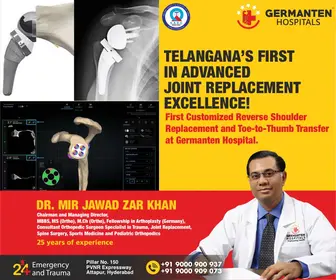
There is a three-fold stark reality in Jammu and Kashmir after the most successful and highly acclaimed Assembly polls, each revealing different shades in which the governance is operating
First, the Central rule was officially lifted on October 16 when the Omar Abdullah government was sworn in. The Central rule of over six years, which began as Governor’s rule on June 20, a day after the Mehbooba Mufti Government resigned within an hour after the ally BJP withdrew the support to the coalition government headed by her, followed by President’s rule from December 19, 2018. The lifting of the Central rule was a constitutional obligation that the Government of India fulfilled after the National Conference was swept to power as an outcome of the Assembly poll results. National Conference won a majority of seats – 42- and with four independents joining it, the party crossed the halfway mark in the House of 90.
But practically the Central rule was far from over.
As defined in the Jammu and Kashmir Reorganisation Act, effected simultaneously after the revocation of Article 370, the Lieutenant Governor is vested with extraordinary powers of governance, in which he controls police and law and order, transfer of All-India Service Officers, and also strings of purse. At the moment, the government is not only split, but also tilted heavily in favour of Raj Bhawan, and the LG is exercising those as the notification regarding his powers is very loud and clear
As a result of this reality, there is a second one: Jammu and Kashmir got an elected government because of the massive mandate of the people who voted for their identity, claim on their land and resources as also for the public welfare measures that the National Conference promised in its manifesto. The manifesto was validated by the voters by their huge participation as they also pinned high expectations on the elected government.
Though the people are aware that the new government- first ever in the Union Territory of J&K – will have drastically reduced powers, they were hoping that the most innocuous of the demands for the restoration of the statehood would enable the government to deliver on its promises. The situation as of today is that the government despite making a request through a resolution passed by its cabinet for the return of the statehood, the possibility of statehood returning to J&K is not only remote but almost non-existent. It is because of the fact that the BJP-ruled Centre is not happy with NC coming to power in Jammu and Kashmir. The NC government has nothing in its hands to force the hands of the Centre. It is in a helpless situation, no matter how solid its mandate is.
The BJP has a counter to the mandate of J&K’s ruling party. The saffron party scored more votes than NC. It asserts its position because of that. The assertion on the voting percentage- NC’s 23 percent versus BJP’s 26 per cent – is used as a ground why BJP’s position matters more than that of the party in power. This also emboldens its concept of more powers with the LG and the shrunk power with the elected government.
Third reality is becoming increasingly clear: the people are losing their patience with the government. They have started voicing their frustration. The bureaucracy is all in the fold of Raj Bhawan, as the bureaucrats are looking at their own interests and career-prospects. Their instincts and the emergent reality tell them that the statehood is not on the anvil; therefore they know which side they should be and whom should they be obeying.
The growing desperation among the people is a recipe for chaos and confusion. They are increasingly becoming aware that the elections did not change anything for them; they are stuck where they were. They are realizing more than ever before that it’s the Centre that is controlling all affairs.
This will have its own pitfalls. This is not merely the gap between the Raj Bhawan and the elected government but also spotlights the policy gaps. That Centre wants to rule and control J&K even after the elections is becoming clear and the elected government that should have been given its due is just struggling against heavy odds placed against it. This will reflect on the overall political scenario and its future implications for J&K and the rest of the nation.
(The view expressed by the author are personal and do not reflect the views of the organisation.)



